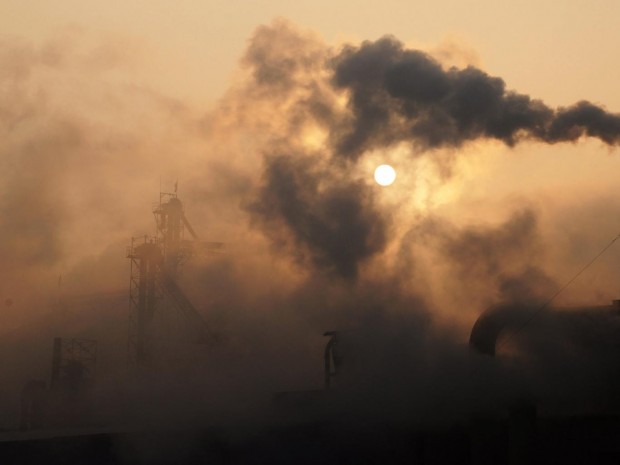Chinese economy welcomes 2016 with output contraction

Independent
China gave global investors a miserable welcome to 2016 when the world’s second-largest economy revealed yesterday that its industrial output contracted yet again in December – marking the longest losing streak for Chinese factories since 2009.
The official purchasing managers’ index (PMI) survey of Chinese manufacturers came in at 49.7, up slightly on the previous month. But any reading below 50 signals contraction and this was the fifth month in a row of decline for China’s factories.
Fears about the rapid slowing in the Chinese economy, the main motor for international GDP growth since the global financial crisis, dragged down global stock markets in 2015. And China’s waning demand for commodity imports hammered emerging market economies from Brazil to South Africa.
But analysts said continued industrial production contraction would prompt more stimulus from the Beijing authorities to avert a “hard landing”. “Monetary policy will stay accommodative and the fiscal policy will be more proactive,” argued Zhou Hao of Commerzbank in Singapore.
The Chinese central bank has already cut interest rates six times since November 2014 to support growth. It has also reduced banks’ reserve requirements, freeing them up to lend more to businesses. Analysts at Nomura said there was a “medium to high” likelihood of more monetary easing later this month.
The PMI index of industrial employment fell slightly in December, and Liu Liu, an economist at China International Capital Corporation, said concerns over jobs would force the hand of the authorities: “As steel, coal and other over-capacity industries close more factories, the employment situation will likely remain grim, calling for a greater role of fiscal policy.”
Earlier this week Beijing instructed state-owned business to offerjobs to around 300,000 soldiers that it is making redundant as part of its restructuring of the People’s Liberation Army.
Industrial export orders shrank for the 15th month in a row, with the index in December coming in at 47.5. Exports have made a negligible contribution to China’s GDP growth since the financial crisis, with almost all the expansion being driven by investment spending and household consumption. But some interpreted Beijing’s slight loosening of the yuan’s peg with the dollar last year as an attempt to bolster Chinese exports.
China is due to release its GDP figures for the final quarter of 2015 on 19 January. The annual pace of growth in the third quarter fell to 6.9 per cent, the slowest since 2009. The International Monetary Fund has forecast full-year GDP growth for China in 2015 of just 6.8 per cent, which would be the country’s first year of growth below 7 per cent since 1990. The Chinese premier, Li Keqiang, has set a growth target of “around 7 per cent”.
But in a more encouraging sign of economic rebalancing in China, the latest PMI survey showed growth in the services sector, with the index climbing to 51.7 in December.
How to submit an Op-Ed: Libyan Express accepts opinion articles on a wide range of topics. Submissions may be sent to oped@libyanexpress.com. Please include ‘Op-Ed’ in the subject line.
- Libya’s HCS invites applicants for key state roles - December 31, 2023
- UK calls on Iran to prevent escalation in Israel-Hamas conflict - November 05, 2023
- Libyan Interior Minister: Immigrant shelter costs a fortune - November 05, 2023


